6. Green Room (2015)
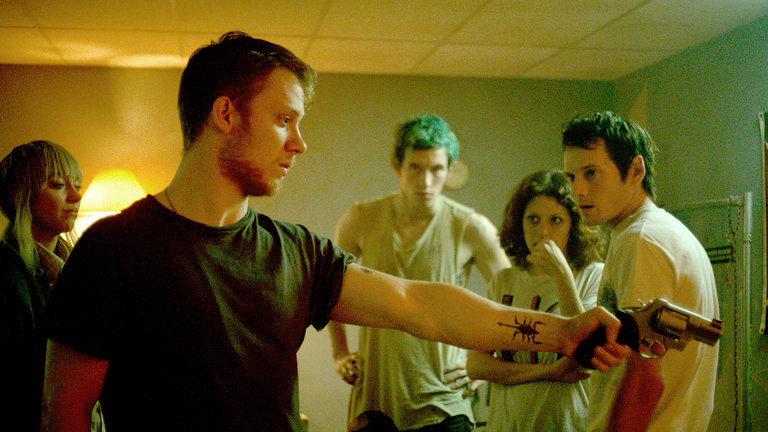
The style of Jeremy Saulnier is depicted through color and brutality. The titular color in Green Room and Blue Ruin becomes personified in each of his films – blue represents the utter decimation of the main character’s life and the green represents the horrors that the characters encounter. A small-time punk rock band is confined in a secluded club in the backcountry of Oregon. They witness an illicit event and thus become the targets of the gang of neo-Nazis that run the club. This low budget thriller offers up much for its audience, as even though the violence drives the plot forward the characters seem realistic.
Green Room is actually deceptively comical in parts, which comes as somewhat of a surprise for a movie concerning neo-Nazis. It uses it subtly and in a way that does not detract from the overall plot, it works as jokes in between the people we are following. It is not just catering to its audience. While some might not be able to see the substance in it, Saulnier’s film offers an entertaining ninety minutes that is shot and executed excellently.
7. Animal Kingdom
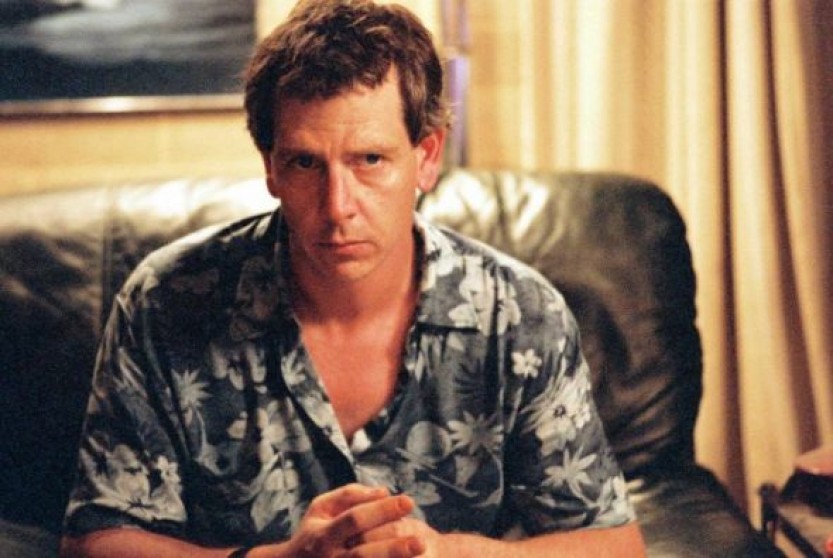
David Michôd’s savage crime drama is a deeply disturbing film about the brutality of criminals and the ensuing pursuit of them. It boasts a stellar cast including Joel Edgerton, Jacki Weaver, Ben Mendelsohn, and Guy Pearce.
It tells the tale of a truly dysmorphic family that does not have any limit upon the heinous actions that they are willing to resort to. However menacing the members of this family may seem, they feel like real people. Awful, corrupted people, but people none the less. They all have goals and motivations and however distorted they may be they make sense for their respective characters. To compensate for their hostility the Australian authorities have ramped up their own ferocity.
Animal Kingdom has spawned a U.S. TV program of the same title, one that emphasizes only the most obvious elements of Michod’s Australian picture. It is simply a testament to this film’s capacity to captivate its audience, as a particularly cruel interpretation of the crime drama category. IFC films are very typically declared to be under the radar of people because of their lack of circulation. Such a notion should be an indictment of the current film industry and the obstinacy of audiences – not the film itself.
8. It Comes at Night
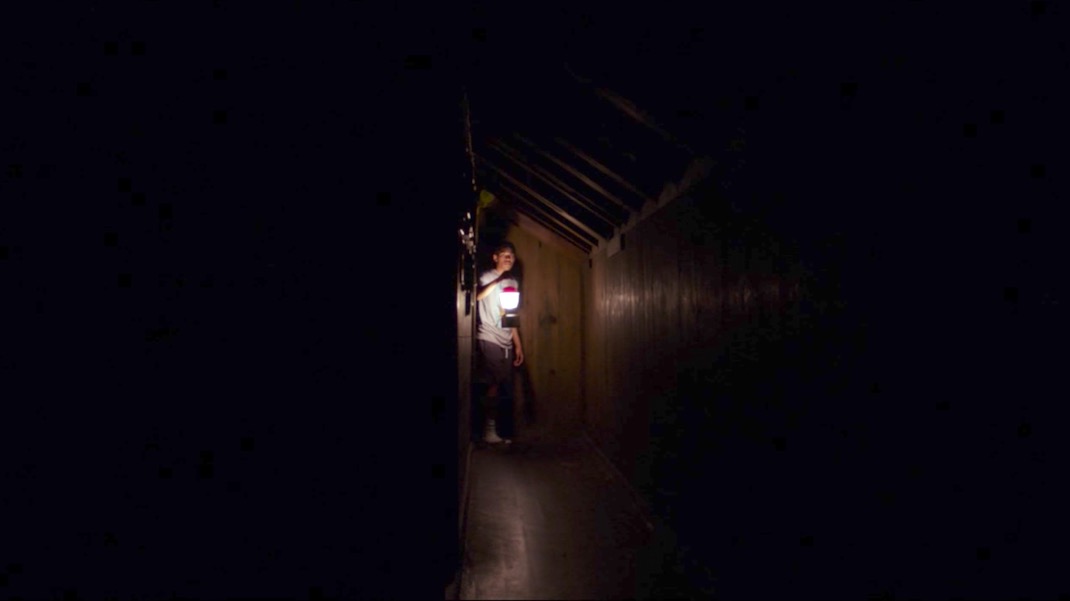
Trey Edward Schults’ apocalyptic thriller It Comes at Night offers a creative and understated take on a genre that is dominated by florid and terse movies where the spectacle overtakes any semblance of character. The threat is still as menacing if it is not visible at every opportunity, actually, the less one sees it the more mystique that it builds up. Schults instead opts to build a strong, realistic base of characters who all have competing aims and motivations.
Eventually, these competing interests become intertwined once the claustrophobia and anxiety of their situation reaches its pinnacle. He is able to meld the looming threat of imminent death and the unknown with the terror evoked by the frightening dream sequences that appear throughout the film.
A marginal controversy surrounds this film in that A24 marketed it as a horror film, filled with harrowing imagery and the threat of the outside world, meanwhile, in truth, it is a subtly crafted character drama. Of course, it occurs in an apocalyptic environment with all the trappings in terms of its aesthetics. It is seeped it gloom and certainly delivers on this tone, however, it will take a significant time to arrive at the hectic finale. If audiences go into the film expecting a slow-paced artistic thriller, they will be rewarded.
9. Kill List
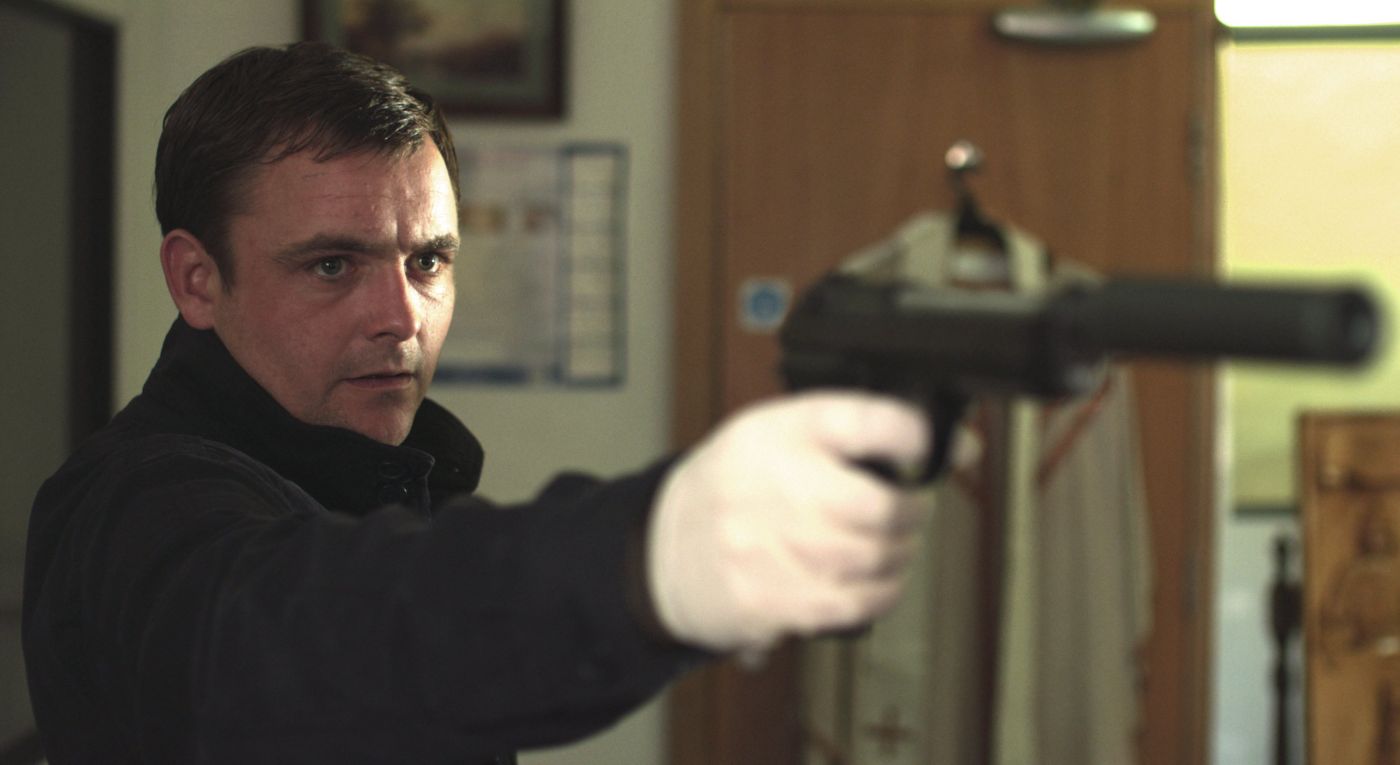
Ben Wheatley’s greatly unseen, highly unnerving IFC thriller portrays a certain type of desperation and simplicity, as can be seen in its title. Kill List proves to be a viciously malevolent tale, where it takes its characters and warps them through the film’s events, eventually leading to their complete transformation.
It essentially assaults the viewer due to its tone being packed with an overbearing dread and paralyzing tension that is most evident in the home of Jay (Neil Maskell). Economic problems and unresolved issues within himself – from a troubled past at war – culminating in a depiction of a man that is both unwilling to face the past or encounter the future.
The plot is simple. Jay and Gal (Michael Smiley) are given a list of names to kill, hence the “Kill List”. This list includes a priest, a librarian, and an MP. Everything becomes skewed when the trouble they face turns more sinister. This film is essentially a harbinger for Ari Aster’s Hereditary or Midsommar, as the concepts play out in relatively similar fashions. Overall, it is not a lively movie that is always an easy watch, yet it provides some seriously riveting moments. Its fear-inducing imagery and the events that are coupled with them will provide a rewarding viewing experience for the right audiences.
10. Calvary (2014)
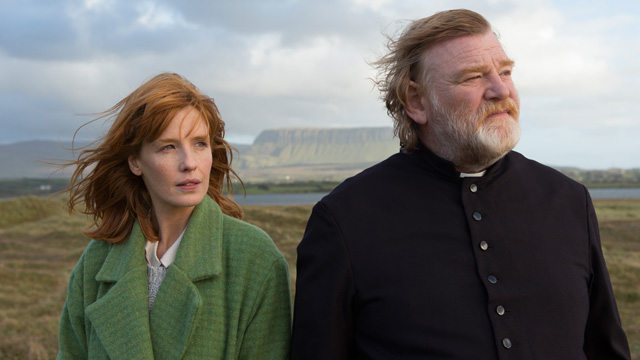
John Michael McDonagh’s 2014 film tells the tale of a benevolent priest that must deal with a cynical and apathetic parish. The plot of the film is set off by Father James’s (Brendan Gleeson) receiving a threat to his life in the confessional. As the events of the film unfold the viewer is left to ponder – along with Father James – which of his parishioners sent this heinous death threat to him.
At the same time, this looming darkness is coupled with a rather comedic element that is formed mainly from the awkward of those that surround him. Domnhall Gleeson, Chris O’Dowd, Kelly Reilly, and Aiden Gillen provide the supporting roles and often the humor. The film above all else is a spiritual journey for its protagonist, a recovering alcoholic, who seeks meaning in the abnormalities of life.
The humor is dry and the sentiment is genuine in this contemplative picture. The panorama of a mostly grey, wind-battered, rock-strewn Irish landscape. Its subtle essence sets the tone for this film, as the mainly introspective content is paired with an atmosphere of somberness. The visual qualities are the logical pair for the spiritual search taking place inside the mind of Father James. However, it is not bogged down in morbidity due to the side characters’ obscurities providing enough of a distraction for the Father and the viewer alike. In the end, it is a little known movie that is worth the time of many a viewer.